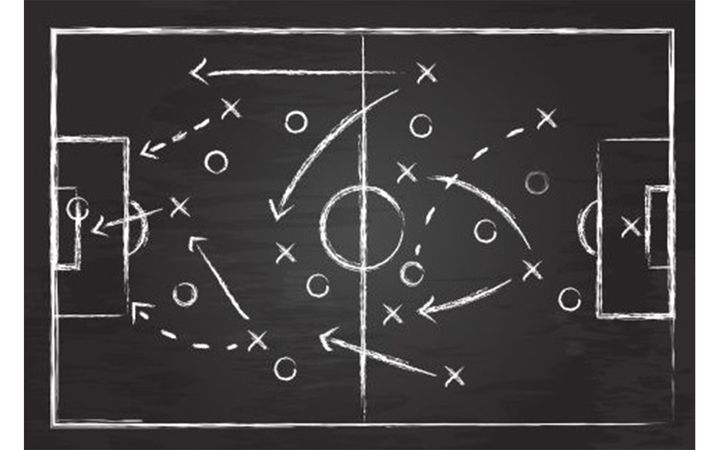Is Your Dealer Playbook Compliant?

Let’s review the important parts to an effective menu process, a component of the dealer’s playbook.
IMAGE: Getty Images
We are a football family. Every weekend you can find us vegging on the couch cheering our favorite football teams. Each morning, my children opt to watch Good Morning Football over Mickey Mouse. If you think about all the successful football programs out there (Go Bucks!), what makes them successful? The obvious conclusions are the coaching and the athletic ability of the players. But an essential aspect to their success is the playbook, which contains plays and strategies the players of the team are required to learn. It has lists of tactical methods, drawings of routes and coverages, and notes of standard procedures. It is a plan, approach, or strategy to the game. One could compare a football playbook to the important components of dealer’s paper trail.
As I have discussed in previous articles, a dealer’s paper trail is their best defense. I have explained the important pieces to the paper trail, one of those critical pieces being a menu. If presented correctly, the menu proves to be an asset to the paper trail. Let’s share the important parts to an effective menu process, a component of the dealer’s playbook.
Memorialize the Sale
The menu process starts once the terms are agreed upon in sales. The dealer generates the presentation page from their menu program. The presentation page contains key terms to memorialize the sale of the vehicle, including vehicle price, down payment, trade information, base payment, term, and APR. These determinants allow the dealer to reiterate the agreed upon sales terms before moving onto the product presentation. I recommend a word tract such as: “These are the terms you agreed upon in sales and you can take delivery of the vehicle with approved credit. Your agreed upon price is $31,000, you’re putting $4,000 cash down, your base terms are $478, 84 months at 7.79%. These payment terms may not be your best option. I have some optional product protections I would like to share with you that may better fit your needs based on your driving habits.” I recommend that the dealer has the consumer initial the base terms acknowledging that they are aware what they can take delivery of the vehicle for without optional products.
Product Presentation
Once the base terms are laid out, move onto the product presentation. This presentation includes all the products offered and shares the features and benefits. The presentation page is effective because it helps the dealer pitch the products, highlighting why the products would be beneficial to the consumer. The dealer can use the menu to tailor the product packages to fit the consumers needs and driving habits. The menu should include the final terms with products selected and a consumer acknowledgement. It is also important that the dealer offers all the products to all consumers 100% of the time.
The Accept Declination
The final component to a compliant menu presentation is the execution of the accept declination page (AD page). The AD page consists of two columns — one side includes the products the consumer agreed to purchase, the other side discloses the products declined. The AD needs to include the base and final terms for payment walk confirmation and the prices of the products the consumer agreed to purchase. Lastly, the AD should include a disclosure stating the products are optional, the consumer can purchase the products outside the deal and financing is not contingent upon the purchase of the products. The dealer should verbally disclose the payment walk, confirm the accepted products, and have the consumer sign and acknowledge the accept declination.
Adapting a menu process has proven to be effective. Though not required by law, it has become a dealer industry standard. Be smart, play smart and let the menu process be an integral part of your dealer playbook.
Penelope Bell is an associate with Automotive Compliance Education (ACE). ACE trains, certifies, and annually recertifies dealership and industry personnel.

